🏙️ Electricity Gets a Brain: How Smart Grids and IoT Are Revolutionizing Power Reliability
Published on July 14, 2025 by Krishna Pathak
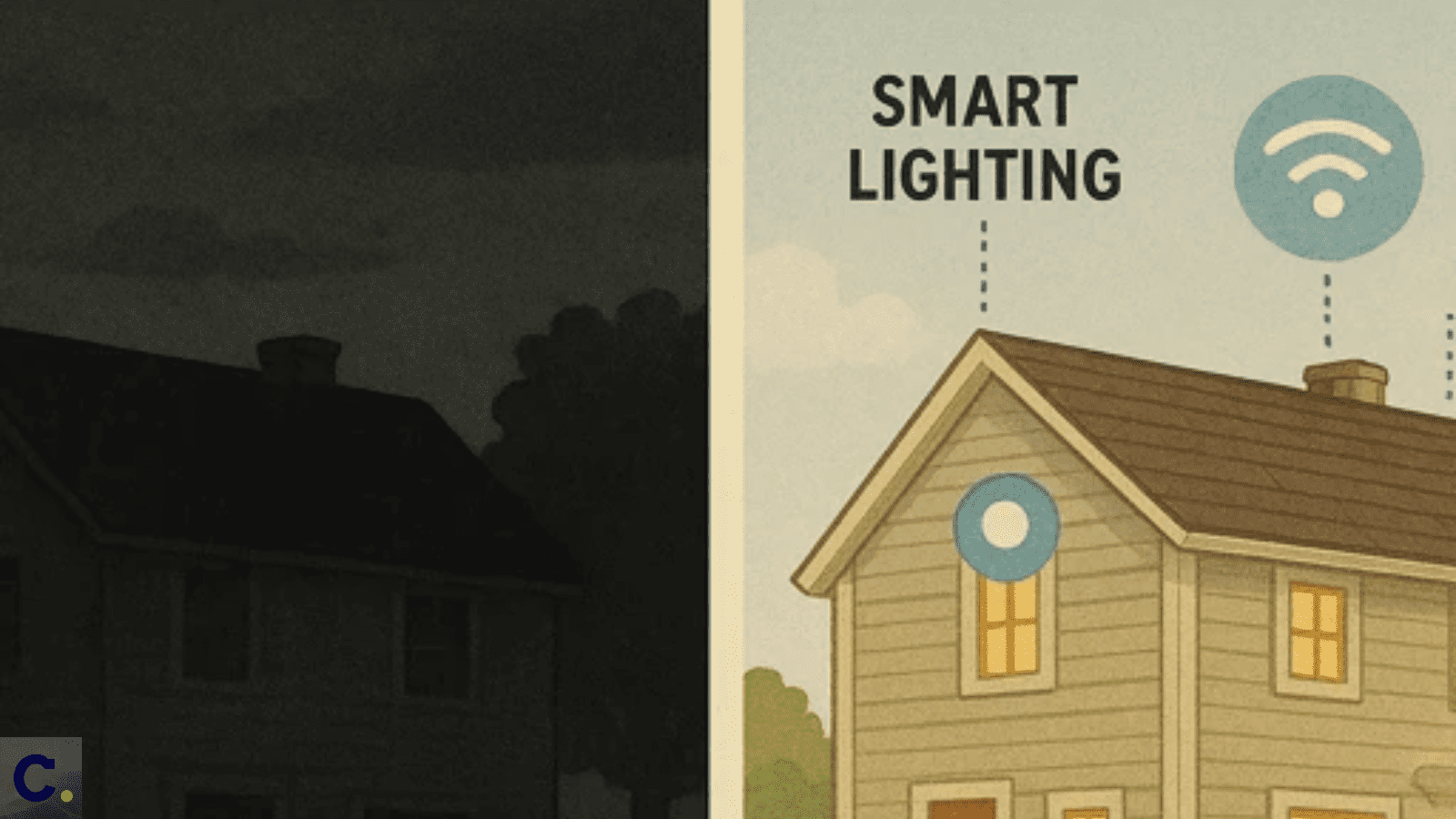
Why It Matters
Traditional electricity systems are old. They only send electricity in one direction—from the power plant to homes. There’s no way to talk back or report problems in real time. But smart grids fix that. With sensors and smart meters, they collect data every second. This means users know how much energy they use. If something breaks, the grid tells the operators immediately. This helps fix the issue before it grows. IoT helps by connecting smart devices like lights, thermostats, or solar panels to the grid. These devices help save electricity by adjusting on their own. This matters because it saves money, prevents blackouts, and protects the environment. Less energy is wasted, and cleaner sources like solar or wind fit in better with smart grids.
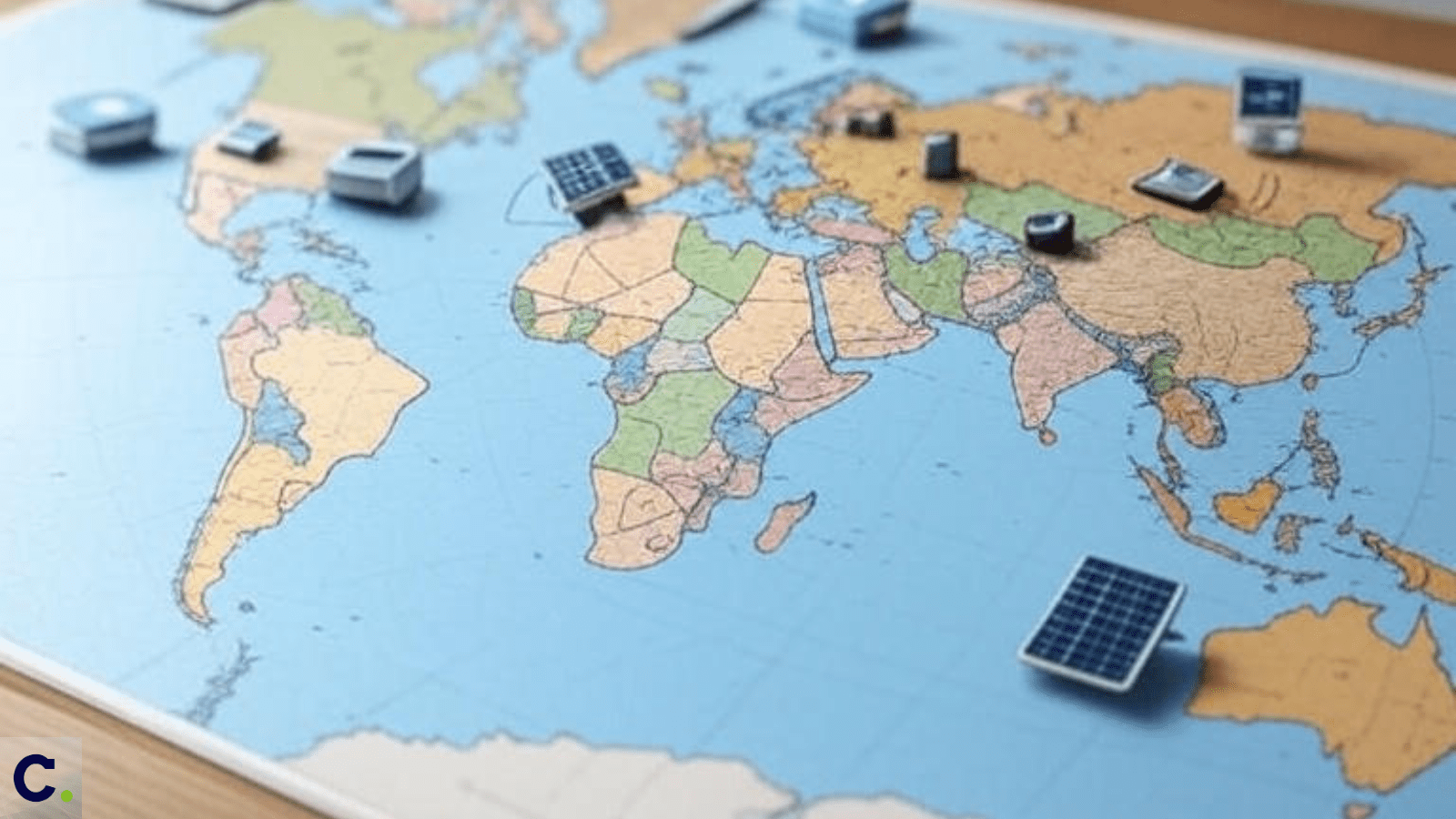
Current Global Trends
Many countries are now investing in smart grids. They see it as a way to manage energy better. In Europe, countries have installed millions of smart meters. These devices help households monitor and control electricity use. In Asia, large cities are testing smart grid zones. In Africa, smart grids help bring energy to remote villages. In the U.S., many homes already use smart thermostats. These adjust temperature based on time of day or weather. Meanwhile, Australia connects solar homes to the grid using smart technology. Worldwide, over 1 billion smart devices are part of energy systems. Every year, the number grows. People now want control over how they use energy. Smart grids give them that power.
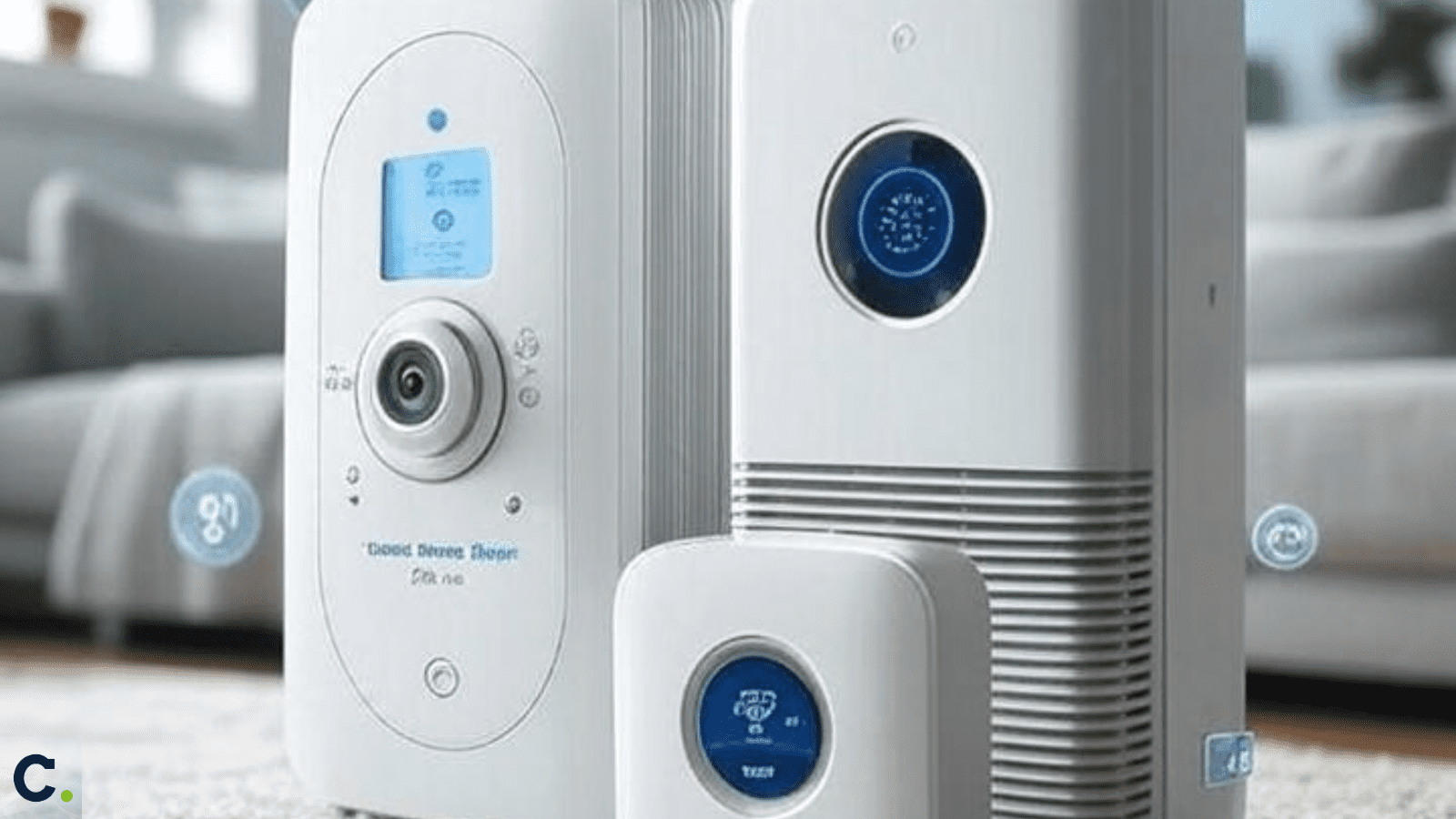
Breakthrough Technologies
Several key technologies drive smart grids and IoT. Smart meters sit in homes and buildings. They track electricity use every second. Users see how much they consume in real-time. Sensors placed across the grid help operators spot problems quickly. If a power line breaks, the system reroutes electricity instantly. IoT devices like smart plugs, solar inverters, and batteries connect to apps. These apps show when to use or save energy. Another game-changing tool is AI—Artificial Intelligence. AI reads all the data and predicts what’s needed. This avoids overload or blackouts. Some systems also use drones and cameras to check wires and poles. That saves time and keeps workers safe. All these technologies work together to make energy systems smarter and stronger.
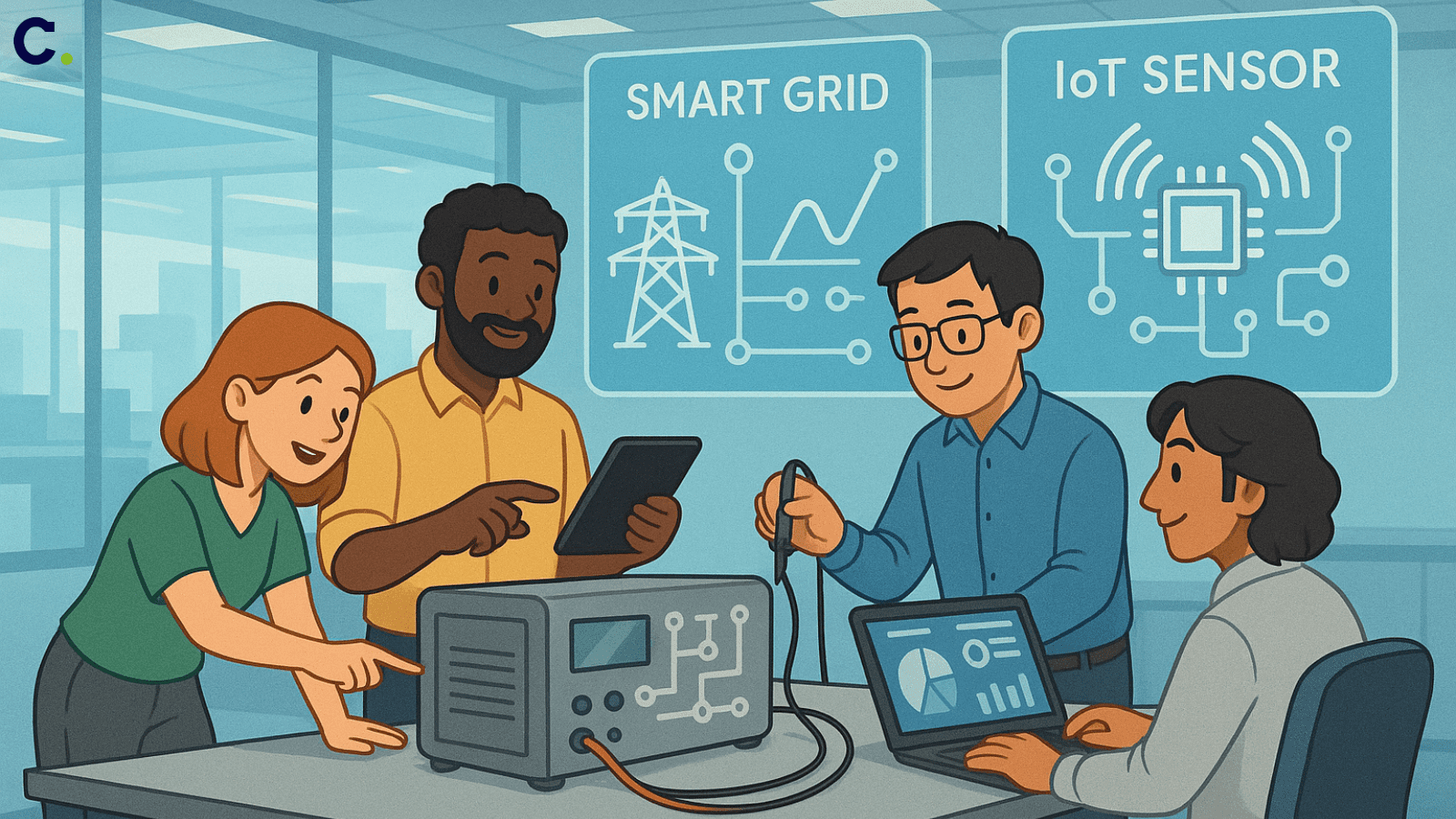
Top Companies Leading Innovation
Many big companies now build smart grid and IoT solutions. Some firms make smart meters for homes and offices. Others create platforms that connect thousands of devices to one system. Tech companies design IoT chips and software. They make sure devices send and receive signals smoothly. Energy companies build solar systems, batteries, and control units that work with smart grids. A few firms even run digital energy platforms. These let users sell unused electricity back to the grid. With so many players in the field, innovation moves fast. Every year, new tools appear to improve how we use electricity.
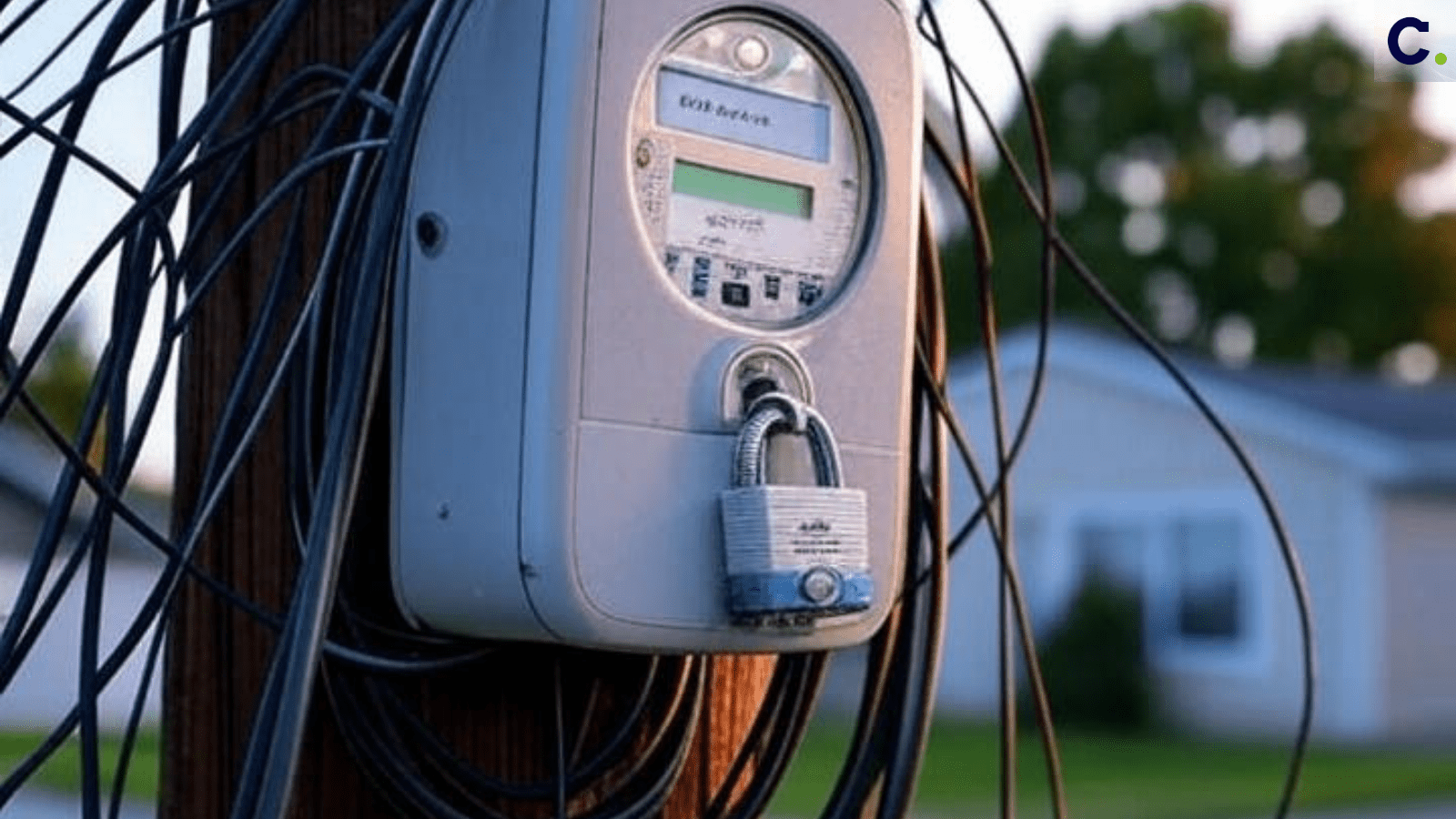
Challenges Faced
Smart grids and IoT offer many benefits, but there are hurdles. One big problem is cost. Upgrading old grids is expensive. Buying smart devices can also be pricey. Another issue is data safety. These systems collect lots of private data. Hackers might try to break in. Poor internet connection is also a barrier. Smart systems need strong, fast networks to work. In some areas, signals are weak. Sometimes, people don't trust new technology. They fear it will spy on them or break down. Old laws and rules also slow things down. Many places still follow old energy models that don't fit with smart grids.
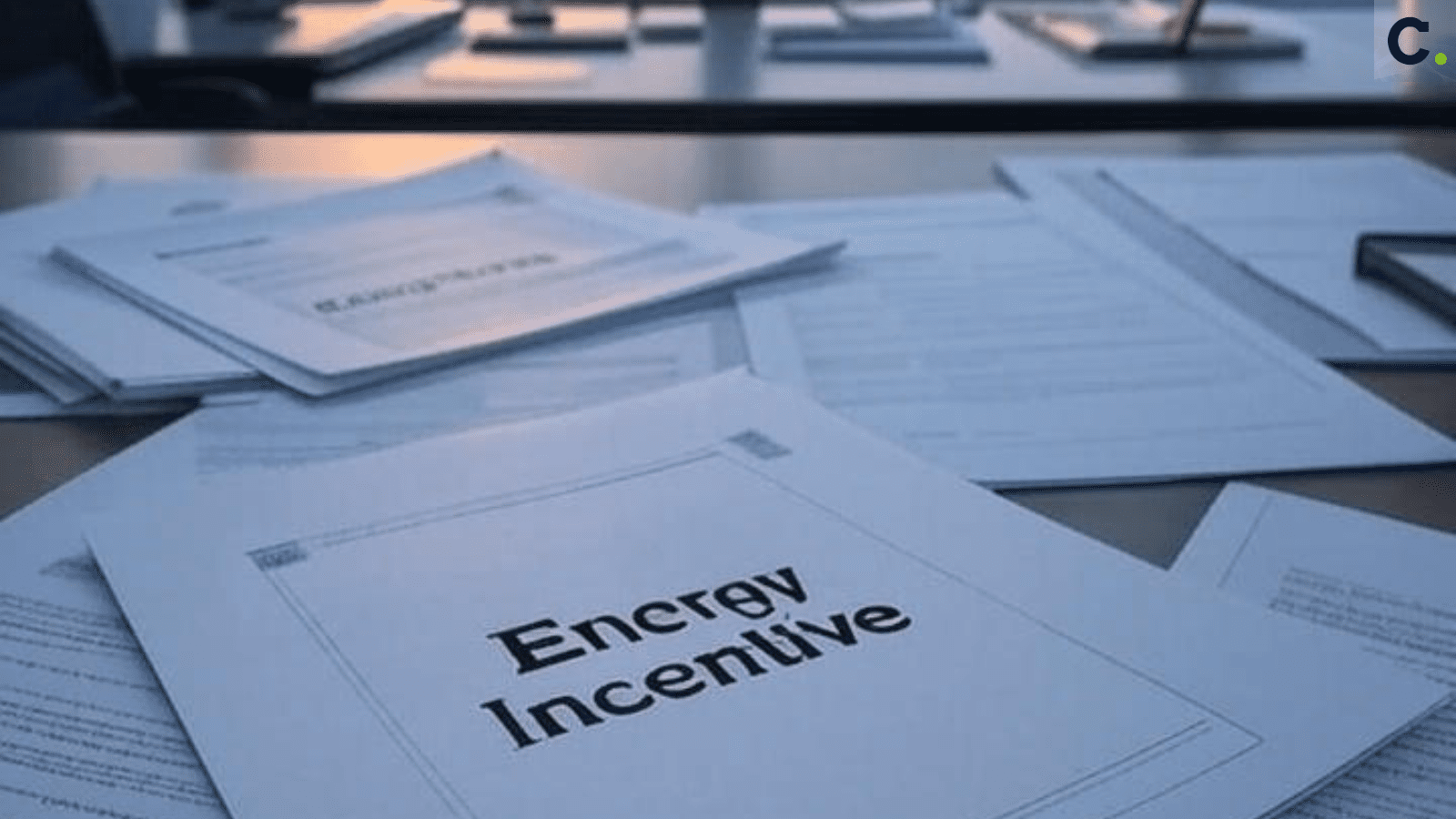
Government Policies or Incentives
Governments play a big role in spreading smart energy. Some countries offer money to people who install smart meters. Others give tax cuts for using IoT devices like smart thermostats. Many cities run pilot projects. They test smart grids in small areas to learn what works. Governments also create rules for data privacy. These rules keep personal information safe. Some nations invest in better internet service. This helps smart grids run smoothly, especially in villages and far-off places. By offering support, governments speed up the smart energy transition.
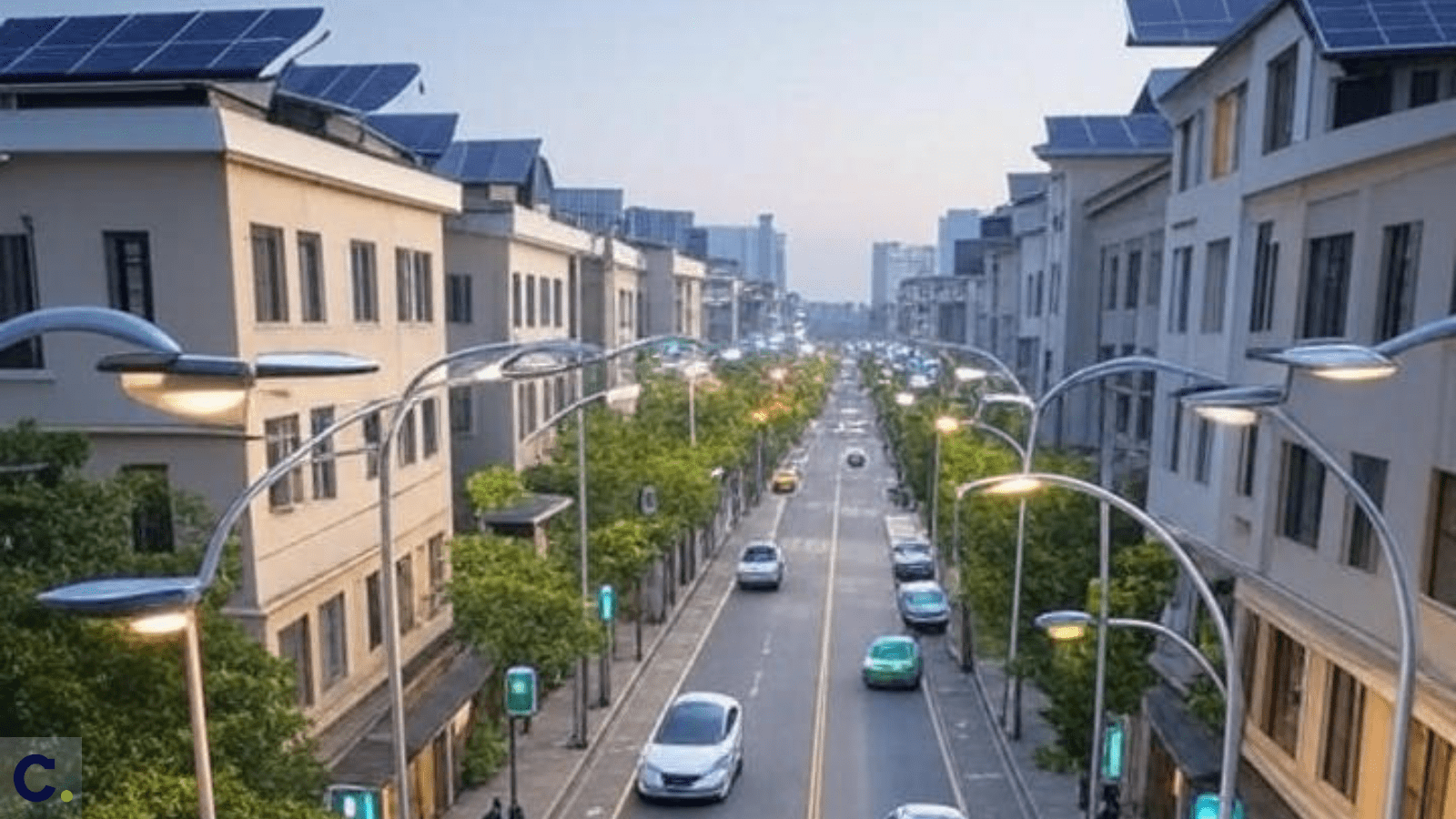
Real-World Applications
Smart grids and IoT already help in many places. In smart cities, traffic lights and street lamps adjust based on use. That saves energy and lowers bills. In homes, smart plugs turn off when not needed. Thermostats learn when families are away and reduce heating or cooling. Factories use sensors to track machine energy. This prevents waste and improves performance. In farms, IoT devices run irrigation systems using solar power. They work only when the soil gets dry. Hospitals use backup smart grids to keep life-saving machines running during blackouts. In every example, smart energy systems make life easier, safer, and more efficient.
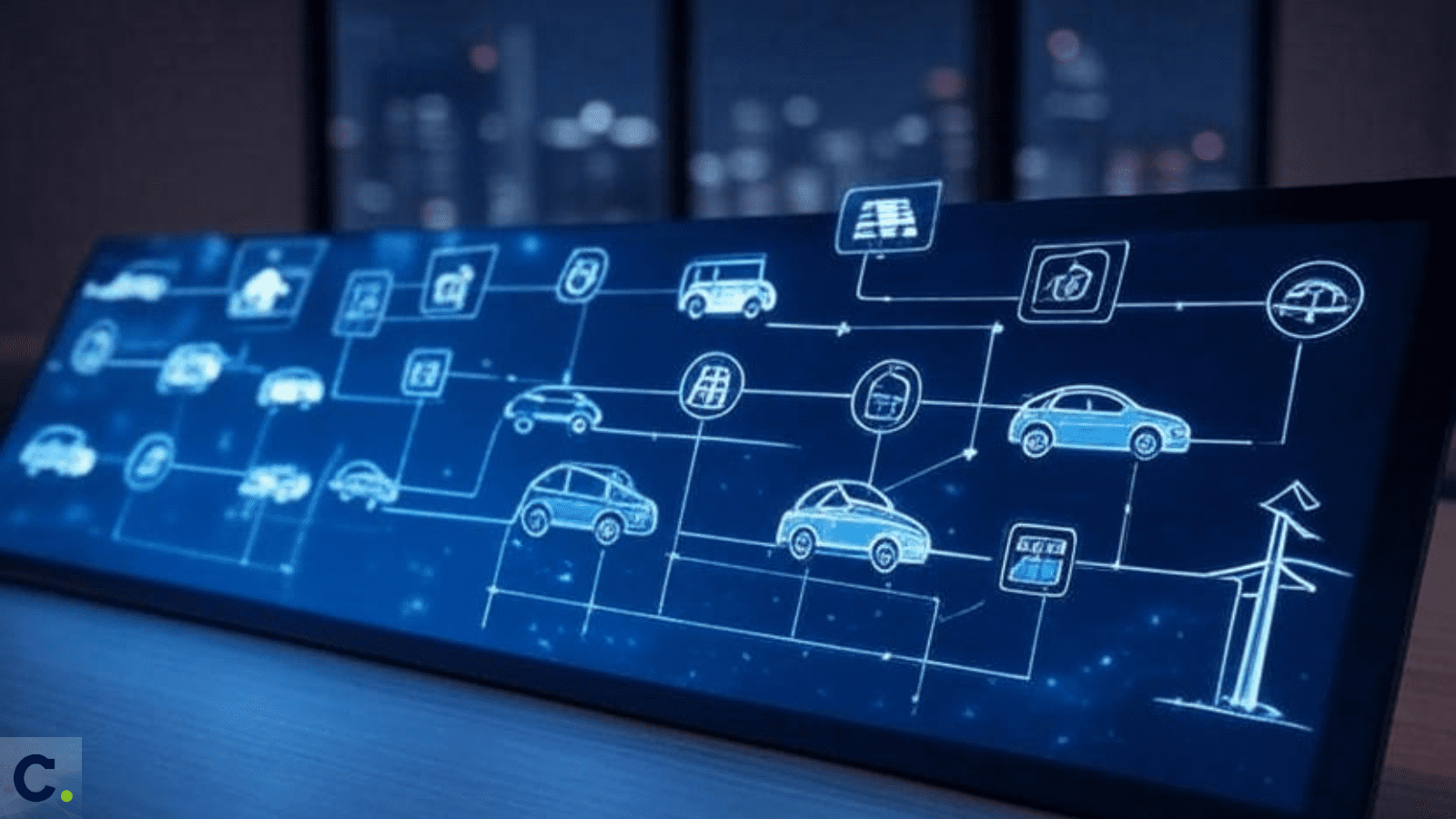
Future Outlook
The future of smart grids and IoT looks bright. Every year, more homes, cities, and countries join the shift. Experts expect billions of new smart devices to connect to energy systems soon. Energy will move both ways—from the grid to the home, and back. Solar-powered homes will become energy providers. New ideas like smart EV charging will grow. Cars will charge only when electricity is cheapest. Electricity will be cleaner, cheaper, and more reliable for everyone. But for this future to arrive, everyone must play a part—governments, companies, and citizens.
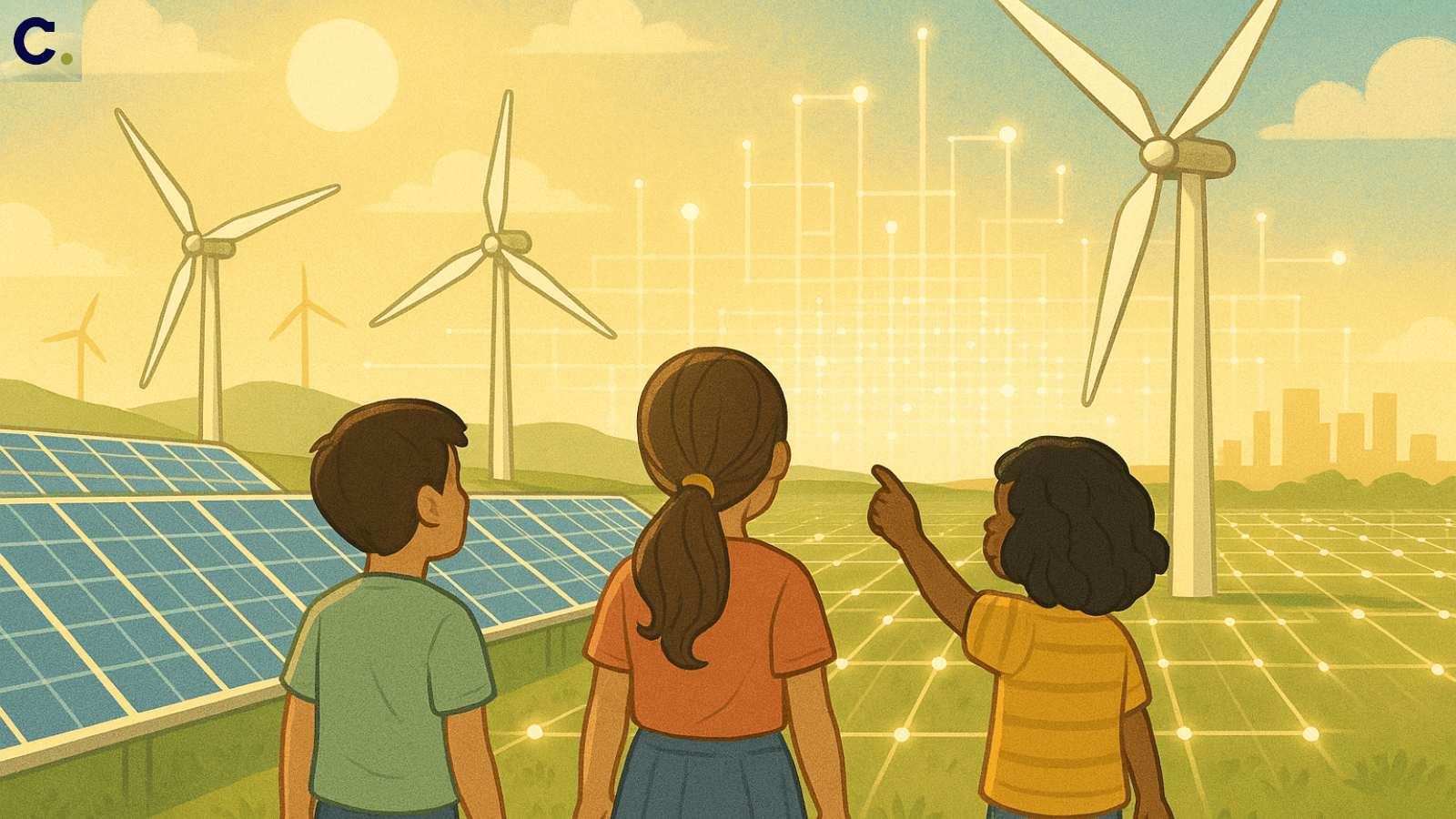
Conclusion & What Lies Ahead
Smart grids and IoT are changing how we use electricity. They bring real-time information to users. They prevent blackouts and reduce waste. Smart devices help people save energy every day. Cities, factories, and farms now use these tools to work better and faster. Despite challenges, the shift continues. As more people join, energy becomes more efficient and fair. This is not just about technology. It’s about giving people more control, saving the planet, and lighting up more lives. The smart energy era has already begun—and it’s here to stay.
